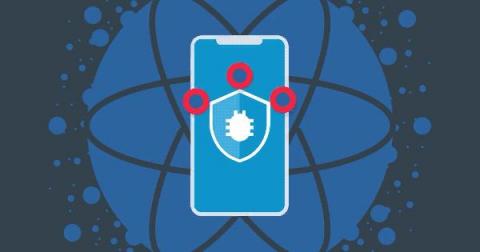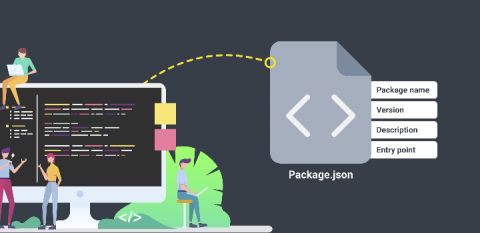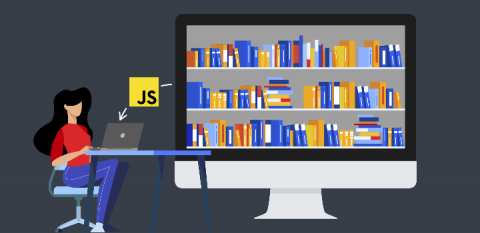React Native Debugging
In this article, we explain how you can remotely debug and troubleshoot production errors in your React Native App. For this, we will use the Bugfender free integration to enable a real-time log and be able to follow what users are doing with your App.











